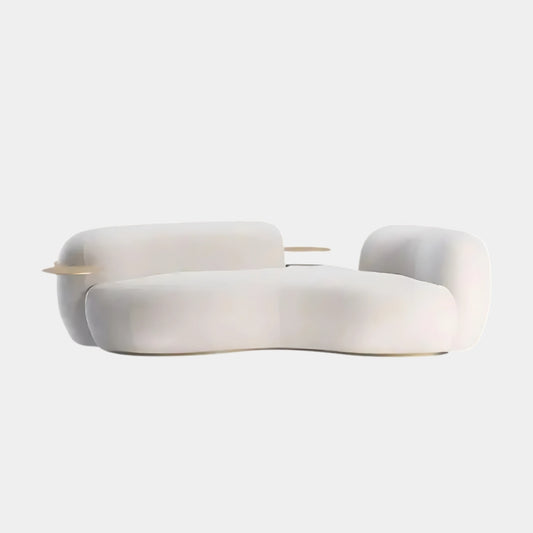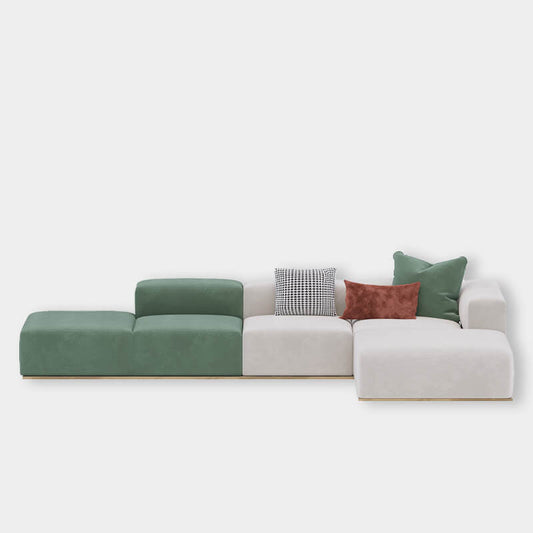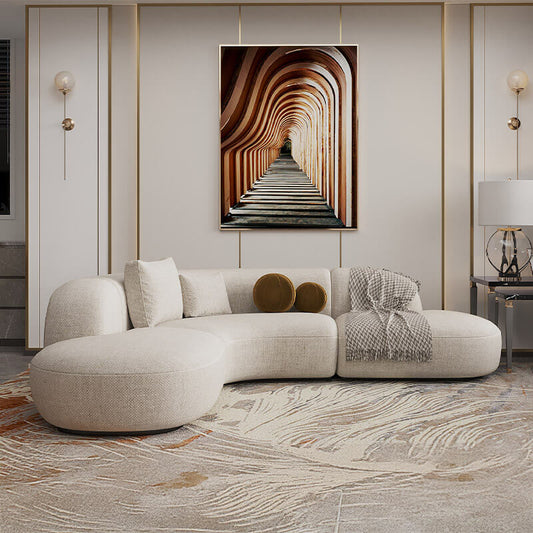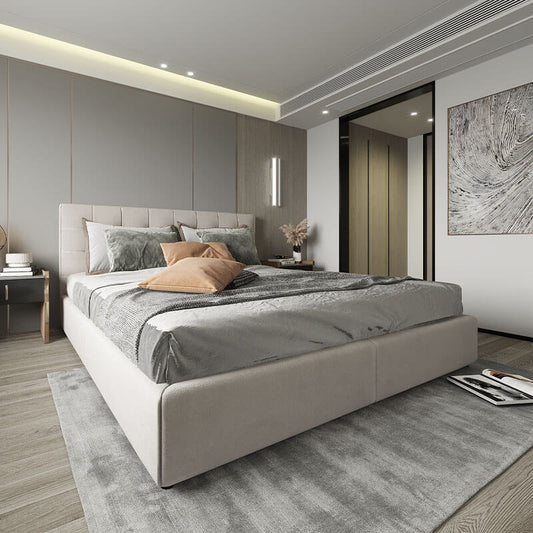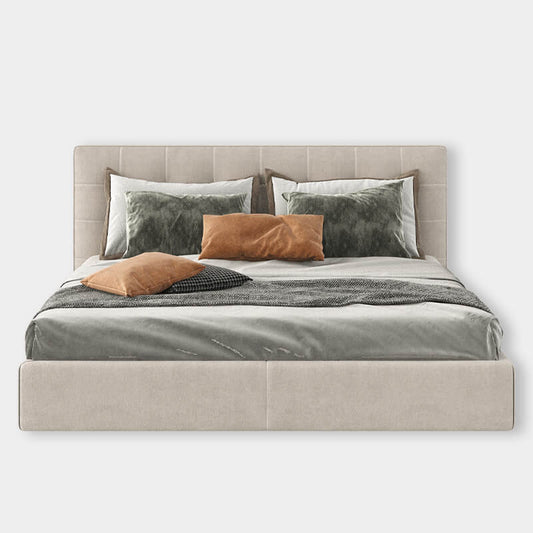When decorating your home, the details matter — especially when it comes to furniture. Two common yet often confused pieces are the nightstand and the side table. Though they may appear similar, each serves a distinct purpose and has unique features. In this blog, we’ll break down the key differences between a nightstand and a side table, guide you on how to choose the right one for your space, and highlight current design trends. If you're wondering which to buy for your home in 2025, keep reading!
What Is a Nightstand?

A nightstand (also known as a bedside table) is specifically designed to sit next to your bed. It’s not just about aesthetics—it’s a practical piece of bedroom furniture that helps keep essentials like a lamp, alarm clock, books, and even a glass of water within arm’s reach.
Common Features of Nightstands:
-
Typically between 24-28 inches high
-
Often comes with drawers or a cabinet for enclosed storage
-
Designed for bedside use
-
Usually made from wood, MDF, or metal
-
Offers storage space for nighttime essentials
What Is a Side Table?

A side table is more flexible in terms of placement and function. You’ll commonly find it in living rooms, hallways, or even balconies, next to a sofa or armchair. While it can hold a lamp or coffee mug, it’s not typically used for storing personal or nighttime items.
Common Features of Side Tables:
-
Varies in height but typically 22-26 inches
-
May be open or have minimal storage
-
Meant for decorative or occasional use
-
Comes in diverse styles like nesting, drum, or C-shaped tables
-
Made with wood, glass, marble, or metal
Key Differences Between Nightstands and Side Tables

|
Feature |
Nightstand |
Side Table |
|
Purpose |
Bedroom furniture |
Living room, hallway, multi-purpose |
|
Placement |
Next to the bed |
Next to sofa, chair, or wall |
|
Storage |
Usually includes drawers or shelves |
Often open or with minimal storage |
|
Design |
Functional, compact, storage-focused |
Decorative, light, and versatile |
|
Height |
Matches bed height |
Matches seat or sofa arm height |
|
Common Use |
Holding lamps, books, glasses |
Holding decor, trays, drinks |
How to Choose Between a Nightstand and Side Table?

When choosing between a nightstand and a side table, consider these factors:
1. Room Function
If you’re furnishing a bedroom, a nightstand is the obvious choice. For living areas or accent corners, go for a side table.
2. Storage Needs
Need storage for books, charging cables, or personal items? Opt for a nightstand with drawers. If you only need a surface for decor or snacks, a side table works fine.
3. Aesthetic and Style
Want a minimal look? Select a stylish side table made of glass or metal. Prefer a cozy, warm bedroom vibe? Select a natural or matte-finished hardwood nightstand.
4. Size and Proportions
Always match the height of your table with the nearby furniture:
-
Nightstands should align with your mattress height.
-
Side tables should be about the same height or slightly lower than your sofa arm.
Popular Nightstand and Side Table Styles in 2025

✦ Floating Nightstands
Wall-mounted nightstands are great for small bedrooms and give a modern, minimalist look.
✦ Nesting Side Tables
Perfect for flexible living room layouts. These stackable pieces offer utility without consuming too much space.
✦ Marble-Top Side Tables
Elegant and trending in 2025, these offer a luxury look ideal for contemporary homes.
✦ Smart Nightstands
With built-in USB ports, wireless charging, and LED lights, tech-savvy nightstands are gaining popularity.
✦ Rattan or Cane Side Tables
Boho and earthy vibes are in! Any space is enhanced by the texture and charm of woven cane side tables.
Styling Tips for Nightstands and Side Tables

For Nightstands:
-
Include a tiny indoor plant, an alarm clock, and a lamp.
-
Use decorative trays to organize small items.
-
Stack two or three books for a balanced look.
For Side Tables:
-
Pair a table lamp with a sculpture or vase.
-
Consider a stack of coasters or a scented candle.
-
Mix and match materials—e.g., a metal base with a glass top.
Is It Possible to Replace One with the Other?

In many cases, yes—but with limitations. You can use a side table as a nightstand if you don't need storage. However, using a nightstand as a side table might look bulky in a small living room and can seem out of place without the context of a bed.
Final Thoughts: Nightstand or Side Table?

Both nightstands and side tables bring style and utility to your home. Whether you're optimizing bedroom functionality or adding charm to your living space, understanding their unique roles will help you make better design choices. As 2025 brings forward innovative styles and smart solutions, choose the table that complements your space, suits your needs, and reflects your personality.






